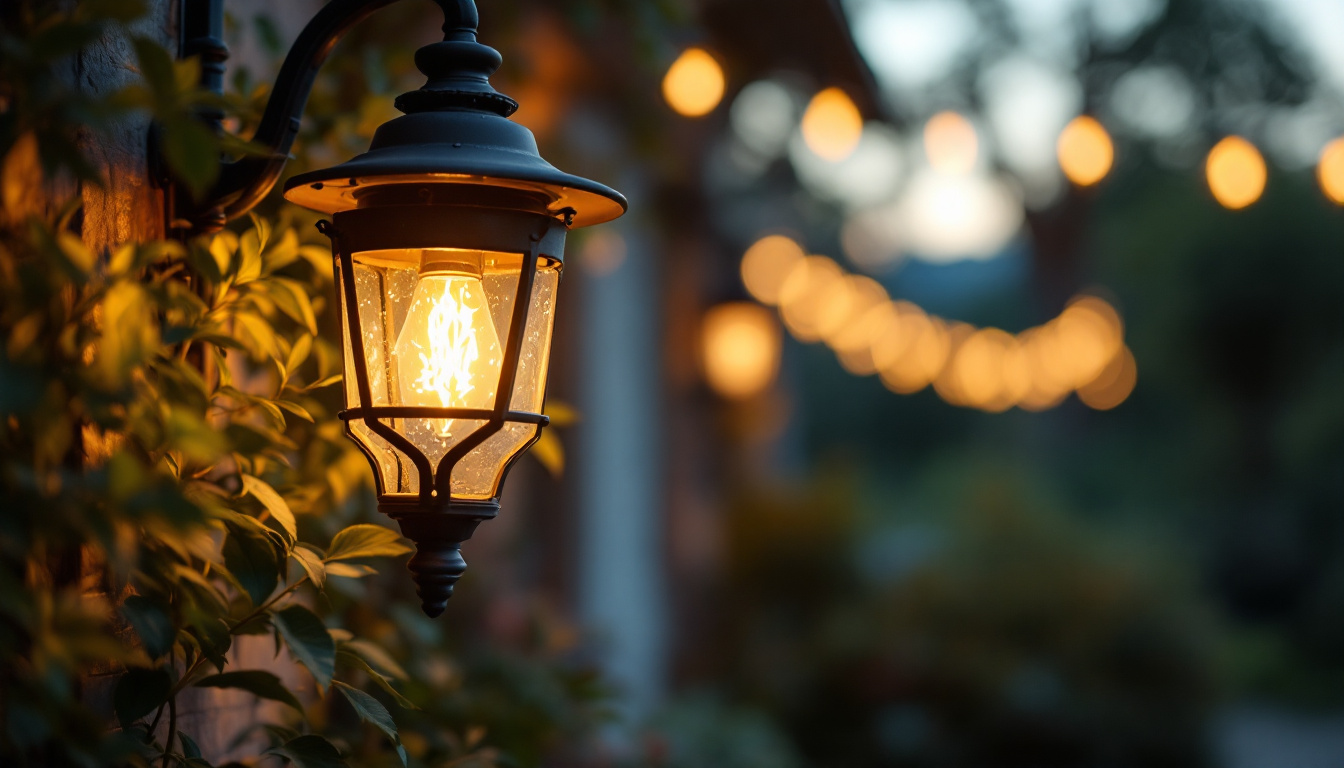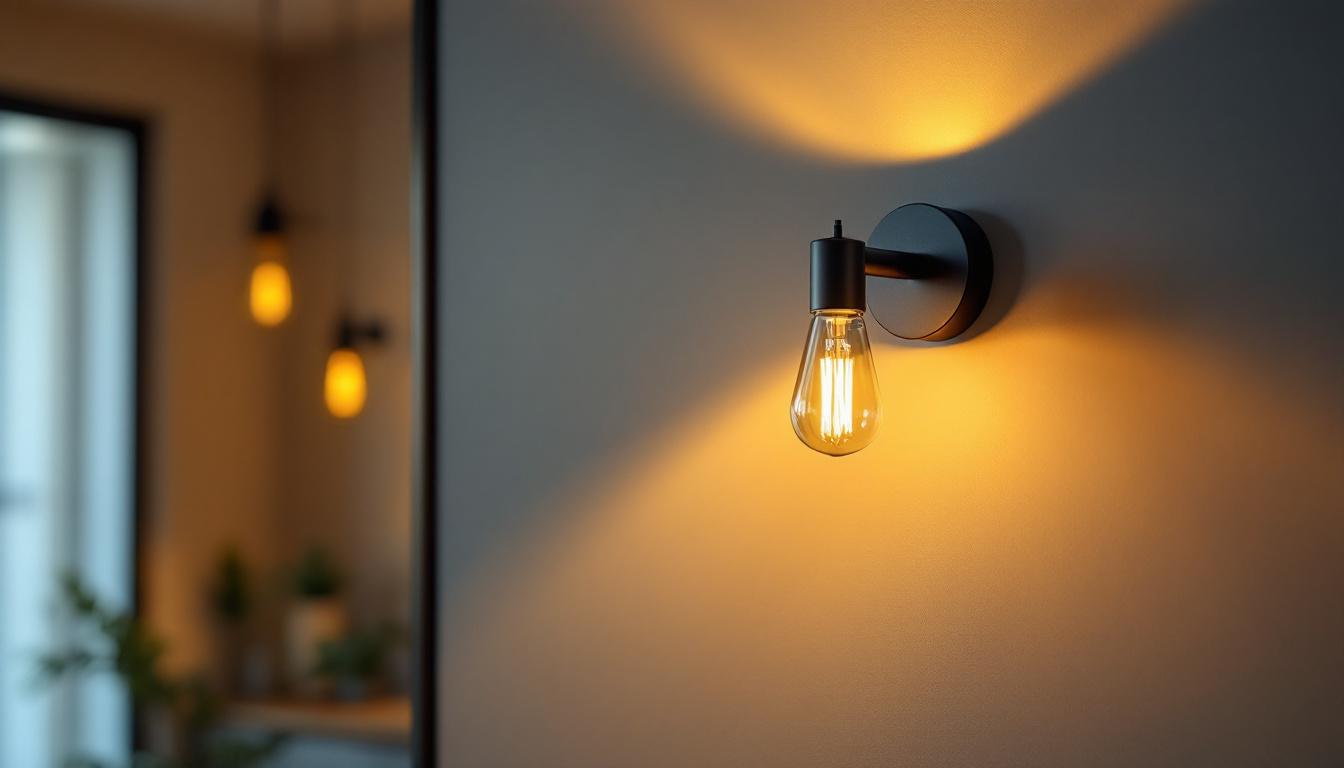
In the ever-evolving landscape of outdoor lighting solutions, solar light stands have emerged as a popular choice among lighting contractors. These innovative tools not only provide efficient lighting but also promote sustainability by harnessing renewable energy. For contractors looking to expand their offerings, understanding the intricacies of solar light stands is essential. This article delves into the key points that lighting contractors should consider when working with solar light stands.
Solar light stands are designed to support solar-powered lighting fixtures, enabling them to function effectively in various outdoor settings. These stands are typically adjustable, allowing for optimal positioning of the solar panels to maximize sunlight exposure. The integration of solar technology into lighting solutions has revolutionized the industry, offering both environmental benefits and cost savings. As more homeowners and businesses seek sustainable alternatives, solar light stands have become an essential component of modern outdoor lighting design.
To fully appreciate the functionality of solar light stands, it’s important to understand their key components. A typical solar light stand consists of the following:
Each of these components plays a crucial role in ensuring that the solar light stand operates efficiently. The solar panel’s efficiency can vary based on its size and technology, with monocrystalline panels often providing the highest output. Meanwhile, the LED light fixtures are designed to last significantly longer than traditional bulbs, often exceeding 25,000 hours of use. Understanding how they work together can help contractors make informed decisions when selecting and installing these systems. Additionally, proper maintenance of the battery storage is vital, as it ensures that the system remains reliable even on cloudy days or during extended periods of low sunlight.
There are numerous advantages to incorporating solar light stands into lighting projects. Some of the most notable benefits include:
These benefits not only appeal to eco-conscious clients but also position contractors as forward-thinking professionals in the lighting industry. Furthermore, solar light stands can enhance the aesthetic appeal of outdoor spaces, providing a warm, inviting glow that enhances safety and visibility. They are particularly beneficial in remote areas where traditional electrical infrastructure may be lacking, allowing for creative solutions in landscaping, pathways, and outdoor recreational areas. As technology continues to advance, the efficiency and design of solar light stands are expected to improve, making them an even more attractive option for a wide range of applications.
While the advantages of solar light stands are clear, there are several important considerations that lighting contractors must keep in mind when working with these systems. From site assessment to product selection, a thorough understanding of the factors at play can greatly influence the success of a project.
Before installing solar light stands, a comprehensive site assessment is essential. This involves evaluating the location for sunlight exposure, potential obstructions, and the specific lighting needs of the area. Key aspects to consider include:
A thorough site assessment not only ensures optimal performance of the solar light stands but also helps in creating a tailored lighting solution for clients.
Choosing the right solar light stand is critical for achieving the desired results. Contractors should consider several factors when selecting products, including:
By carefully evaluating these factors, contractors can select solar light stands that meet the specific needs of their projects and clients.
Proper installation of solar light stands is crucial for their performance and longevity. Following best practices can help ensure that the systems function optimally and provide reliable lighting solutions.
When installing solar light stands, contractors should adhere to the following techniques:
These installation techniques not only enhance the performance of solar light stands but also contribute to the safety and durability of the systems.
Regular maintenance is essential to keep solar light stands functioning efficiently. Contractors should advise clients on the best practices for maintaining these systems, including:
By implementing a maintenance routine, contractors can help clients maximize the lifespan and effectiveness of their solar light stands.
While solar light stands offer numerous benefits, they also come with certain challenges. Understanding these challenges and their solutions can empower contractors to navigate potential obstacles effectively.
Weather can significantly impact the performance of solar light stands. Factors such as prolonged cloud cover, heavy rain, or snow can reduce sunlight exposure and hinder energy generation. To mitigate these issues, contractors can:
By preparing for weather-related challenges, contractors can ensure that clients receive reliable lighting solutions year-round.
Another challenge that contractors may face is educating clients about the benefits and limitations of solar light stands. Many clients may have misconceptions about solar technology or may not fully understand how to optimize their systems. Effective strategies to address this include:
By fostering open communication and providing valuable information, contractors can build trust and confidence with their clients.
The solar lighting industry is continually evolving, with new technologies and trends emerging to enhance performance and efficiency. Staying informed about these trends can help contractors remain competitive and offer cutting-edge solutions to their clients.
One of the most significant trends in solar lighting is the integration of smart technology. Smart solar lights can be equipped with sensors that adjust brightness based on ambient light levels or motion detection. This not only enhances energy efficiency but also improves safety and security in outdoor spaces.
Contractors should consider incorporating smart solar technology into their offerings, as it appeals to tech-savvy clients and provides an added layer of convenience.
Advancements in battery technologies are also shaping the future of solar lighting. New battery types, such as lithium-ion, offer higher energy densities and longer lifespans compared to traditional lead-acid batteries. This means that solar light stands can provide more reliable performance with reduced maintenance requirements.
Contractors should stay updated on the latest battery technologies to ensure they are offering the most efficient and effective solutions to their clients.
Solar light stands represent a significant advancement in outdoor lighting solutions, offering numerous benefits for both contractors and clients. By understanding the components, advantages, and best practices associated with these systems, lighting contractors can effectively integrate solar light stands into their projects.
As the industry continues to evolve, staying informed about emerging trends and technologies will be essential for contractors looking to remain competitive. With the right knowledge and approach, solar light stands can become a valuable addition to any lighting contractor’s repertoire, paving the way for a brighter, more sustainable future.
Ready to elevate your lighting projects with the efficiency and sustainability of solar light stands? At LumenWholesale, we provide lighting contractors like you with the highest quality, spec-grade solar lighting solutions at unbeatable wholesale prices. Say goodbye to middleman markups and hello to superior products that meet the strictest industry standards. Plus, with free shipping on bulk orders, you can stock up on premium lighting without worrying about hidden fees. Don’t compromise on quality or value—choose LumenWholesale for the perfect blend of affordability and convenience. Take the next step towards a brighter future and explore our selection today at Wholesale Lighting at the Best Value.

Discover how Max Lite revolutionizes lighting projects with enhanced efficiency and performance.

Discover the charm and functionality of vintage gas lights as expert lighting contractors share their insights.

Discover essential hanging lamp replacement parts and expert tips for lighting contractors to enhance installation efficiency, reduce costs, and master lighting upgrades today..

Explore how black wall lights can enhance energy efficiency in your home.